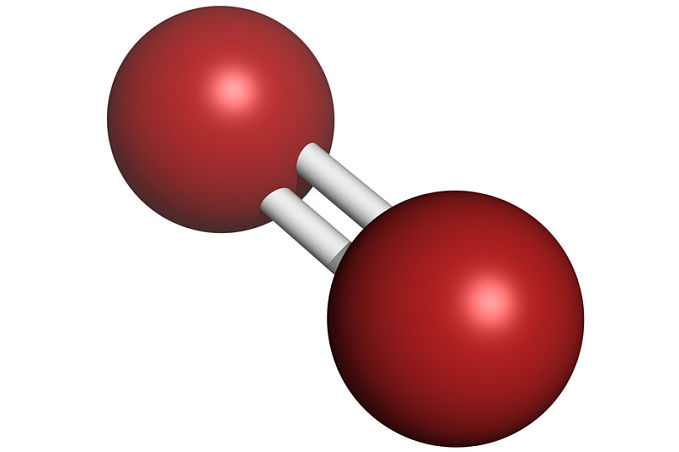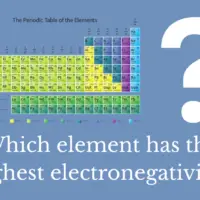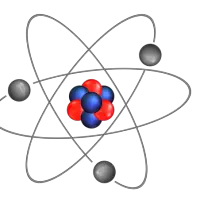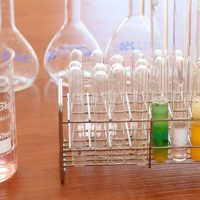What are diatomic elements? How many diatomic elements are there? Read on for the answers to these questions.
A diatomic molecules is any molecule made of only two atoms. The atoms can be the same as each other, such as N2 or O2, or different from each other, such as potassium bromide (KBr) or nitric oxide (NO).
Diatomic elements, however, refers to the first category; those whose atoms readily form molecules with themselves at room temperature (or close to it).
Diatomic elements are elements whose molecules consist of two of the same atoms bonded together.
The 7 diatomic elements
There are 7 elements that are diatomic when found in nature:
- Hydrogen (H2)
- Nitrogen (N2)
- Fluorine (F2)
- Oxygen (O2)
- Iodine (I2)
- Chlorine (Cl2)
- Bromine (Br2)
This is easily remembered by using the mnemonic “Have No Fear Of Ice Cold Beer,” or the word HOFBrINCl (pronounced hoff-brinkle).
Each of the atoms that form diatomic molecules have incomplete valence electron shells, so they are unstable on their own.
Hydrogen, for example, has one valence electron, which is unbonded and unpaired. If one atom of hydrogen shares its unbonded electron with another from a different hydrogen atom, they form a stable covalent bond and both atoms are content. This makes H2, or dihydrogen.
Similarly, fluorine has 7 valence electrons, one of which is unbonded. If it shares that electron with another atom of fluorine, both atoms have full valence shells.
Hydrogen, fluorine, iodine, chlorine, and bromine all form a single covalent bond with themselves as they each have only one unbonded, unpaired electron in their valence shells.
Oxygen forms a double bond with its two unbonded electrons, while nitrogen, with three unbonded electrons, forms a triple bond.
There are other elements that do form diatomic molecules (e.g. P2 and S2) but this only occurs when they are evaporated and are at high temperatures. When they are cooled, they form polymers and are no longer diatomic.
Although only 7 elements form diatomic molecules, nearly all of Earth’s atmosphere is made up of N2 and O2, both diatomic molecules. Also, hydrogen, H2, is the most plentiful molecule in the universe.







